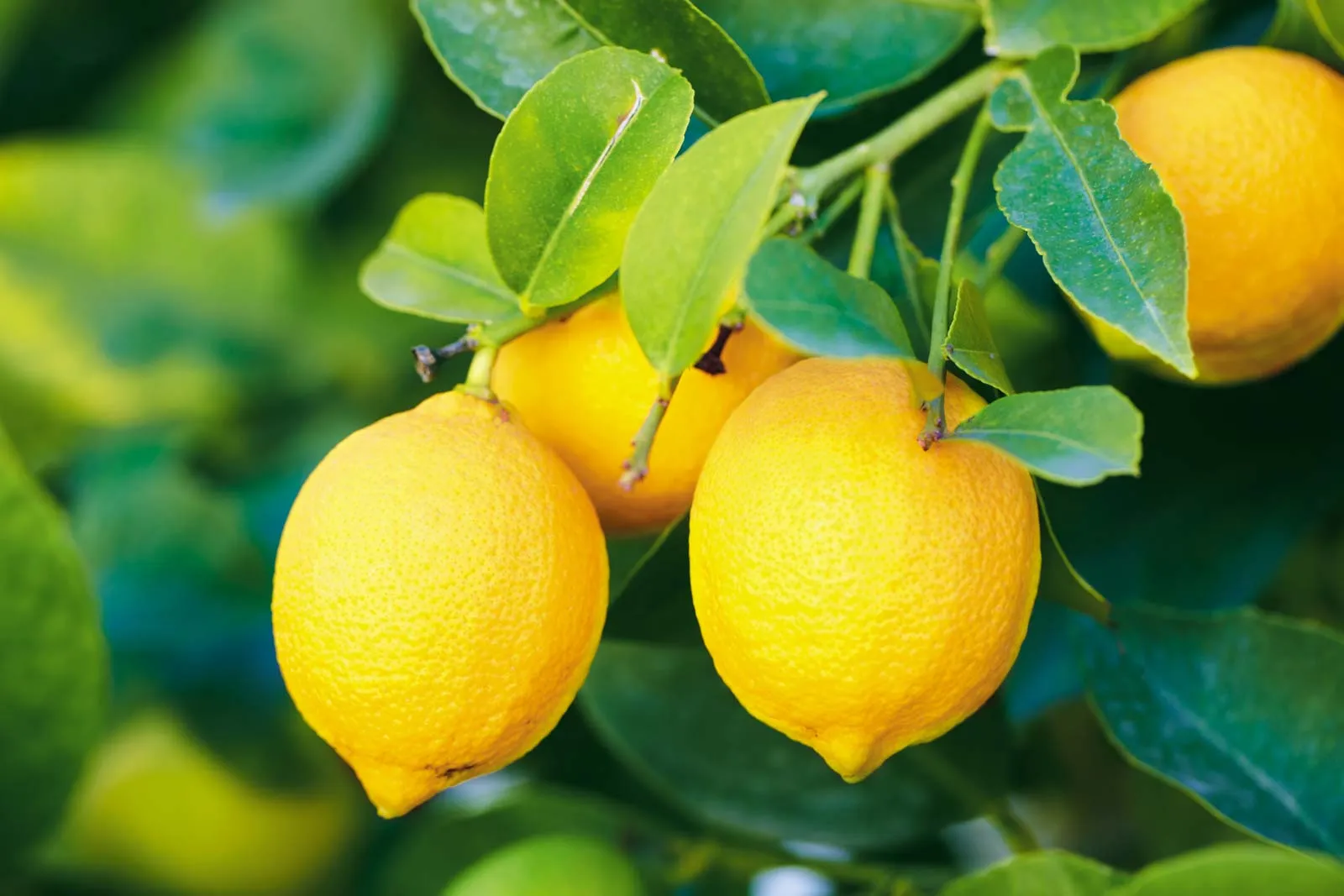Pesticides have been detected in flowers not targeted with the chemicals that could be an additional, underestimated threat to pollinators according to new findings by Trinity and DCU, published in the Science of the Total Environment.
“This is the first time that a multi-field survey of pollen and nectar from crops and wild plants has been undertaken in Ireland and is critical to our understanding of pesticide residues in the Irish context,” says Prof. Jane Stout, School of Natural Sciences, Trinity, who co-led the research with Prof. Blánaid White, School of Chemical Sciences, DCU.
Read also: How African Continental Free Trade Area will Turbocharge the continent’s agriculture industry
Pesticide residues in the nectar and pollen
The researchers looked for pesticide residues in the nectar and pollen of crop and non-target hedgerow plants. They evaluated the fungicides azoxystrobin, boscalid, and prothioconazole and the herbicides fluroxypyr and glyphosate, which are among the most applied ρesticides in Ireland.
They also looked for the neonicotinoid insecticides acetamiprid, clothianidin, imidacloprid, thiacloprid, and thiamethoxam.
Some of these chemicals have not been recently applied in Ireland, indeed, their approval has expired (e.g., clothianidin, imidacloprid, thiamethoxam, and thiacloprid), but may stay in the environment for long periods of time.
They recorded several compound detections, the majority of which originated from fields where there was no recent application of the specific compound(s).
Read also: Anthony Rendon age, height, bio, family, net worth, wife
The combination of azoxystrobin, boscalid, and clothianidin residues in pollen and nectar of both oilseed rape and non-target bramble flowers, was the most common, with clothianidin appearing to linger for several years after its application on the sampled sites.
“The research takes place in the context of Ireland reaching the ambitious European Commission target in the Farm to Fork Strategy of reducing the use and risk of chemical pesticides by 50%,” says Prof. White.

Pesticides in modern agriculture
Pesticides are widely used in modern agriculture to maximize food production by preventing crop damage and disease.
The most widely applied pesticide categories in Ireland are herbicides, fungicides, and insecticides. Crops attractive to pollinatοrs, like the oilseed rape, are likely to receive ρesticide input from all these categories.
“Application of various pesticide compounds from different pesticide categories, at multiple time intervals throughout the cropping period, increases the risk of pollinator exposure to ρesticide mixtures through pοllen and nectar with unknown consequences in pollinator’s health,” says Ph.D. student Elena Zioga, Trinity.
“Our findings can help us to understand which are the more hazardous pesticides in an Irish context, and also help us to understand what the risks associated with the different chemical pesticides are so that we can more effectively reduce the risk associated with them,” said Prof. White.
Read also: My interest is deeply rooted in beekeeping, nobody can stop me – Teenage beekeeper share experience
Doctoral student Elena Zioga, who was jointly supervised by Prof. White and Prof. Stout, collected thousands of flowers from agricultural fields across Ireland and carried out her chemical analysis work at the DCU Water Institute.
The findings of certain neonicotinoids, which are known to threaten pollinators, still lingering despite a 2018 ban by the European Commission “is a worry” said Ms. Zioga, who would like to know the extent of their presence in the environment, and at what concentrations.
“We found clothianidin residues in pollen and nectar of both plant species even though it hasn’t been applied for years. The fact that it remains present in pollinatοrs’ food sources for so long is a concern.”
The researchers also found mixtures of ρesticides more often than single compound detections, and this means it is important to understand the impact of these mixes on pollinatοrs and other non-target organisms.
“We don’t know the full impact on pollinatοrs of consuming foods contaminated with multiple ρesticides, and most of what is known as compound specific,” said Prof. White.
“Moreover, the toxicity of single compounds is mainly being tested on honey bees, while we have scarce toxicity data on other wild bee species like bumble bees and solitary bees,” added Ms. Zioga.
Read also: Jeremy Renner net worth — How much does Jeremy Renner worth?
Bees and other pollinatοrs can benefit from food sources provided by certain crops, however, exposure to multiple ρesticides applied on those crops, is of concern for bee health and for the sustainable delivery of pollination services, which consequently may have significant implications for ecosystem function, crop production, and human health.
“We need to understand how different compounds move through the environment, and the rate at which these compounds degrade, so that we can understand the extent of their persistence,” said Prof. White.
“And we need to know what their long-term effects are on pollinatοrs and other organisms” added Prof. Stout.
More information: Elena Zioga et al, Pesticide mixtures detected in crop and non-target wild plant pοllen and nectar, Science of The Total Environment (2023). DOI: 10.1016/j.scitotenv.2023.162971
Journal information: Science of the Total Environment













